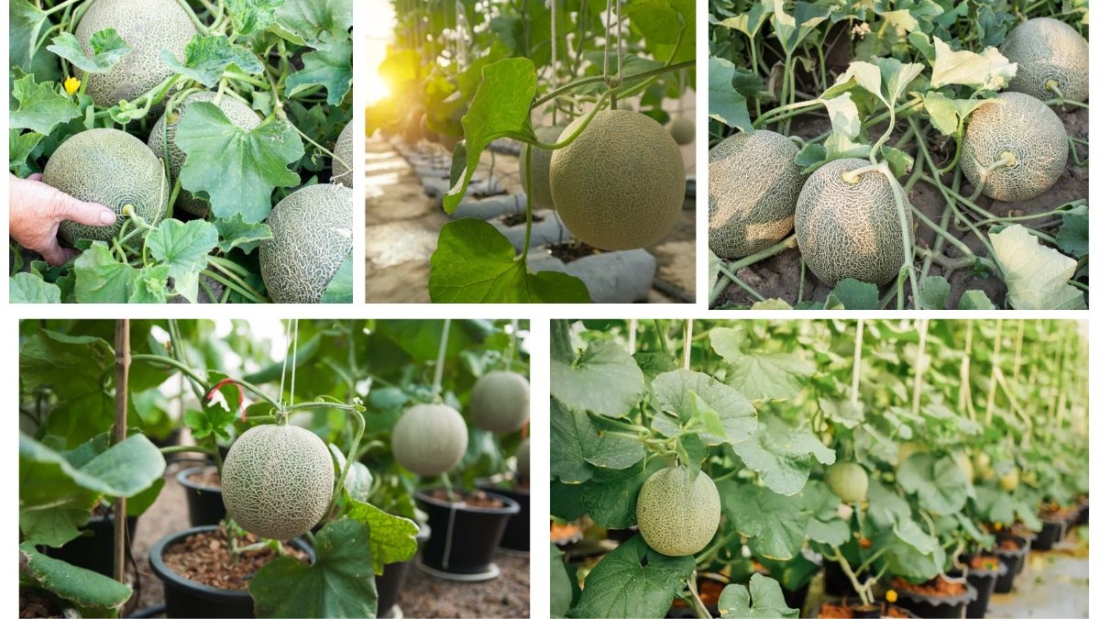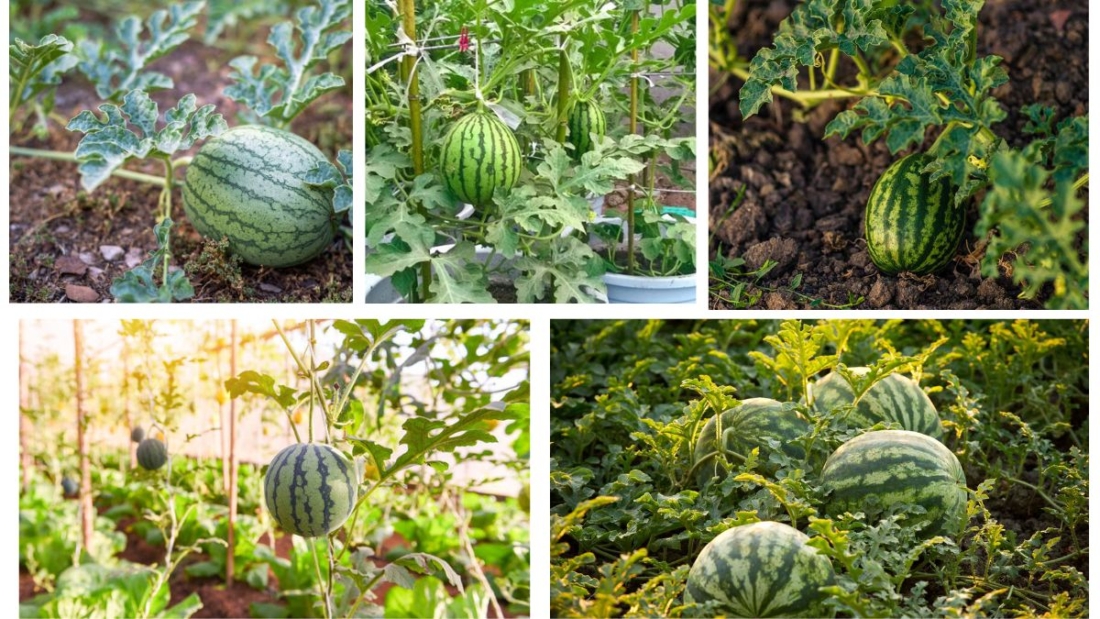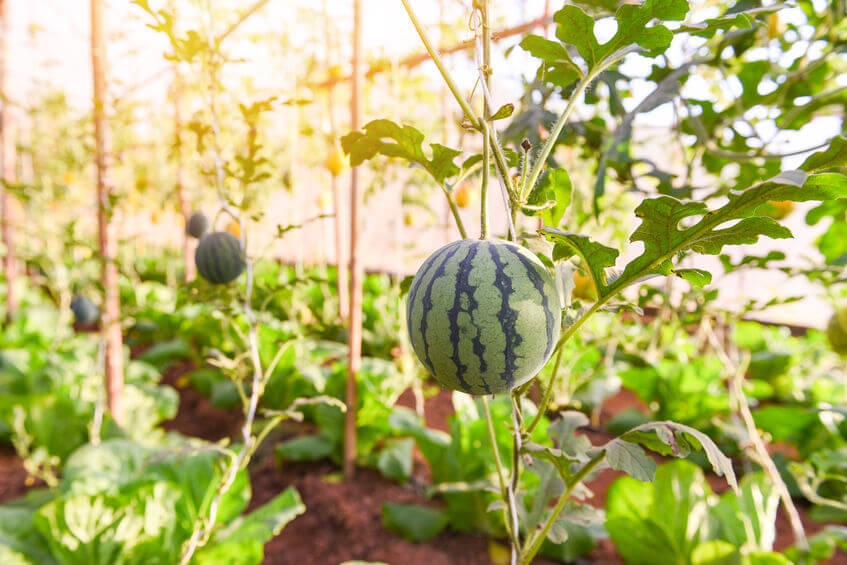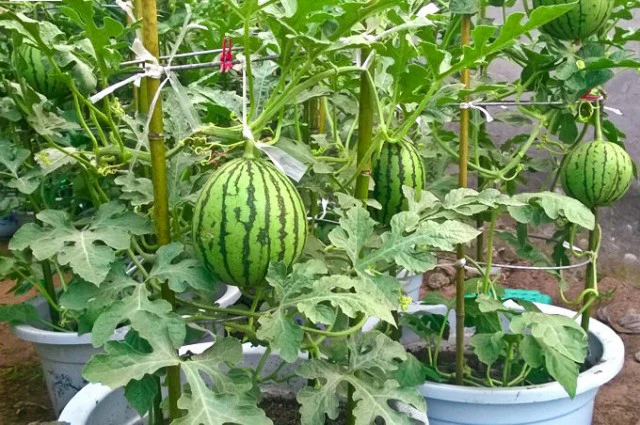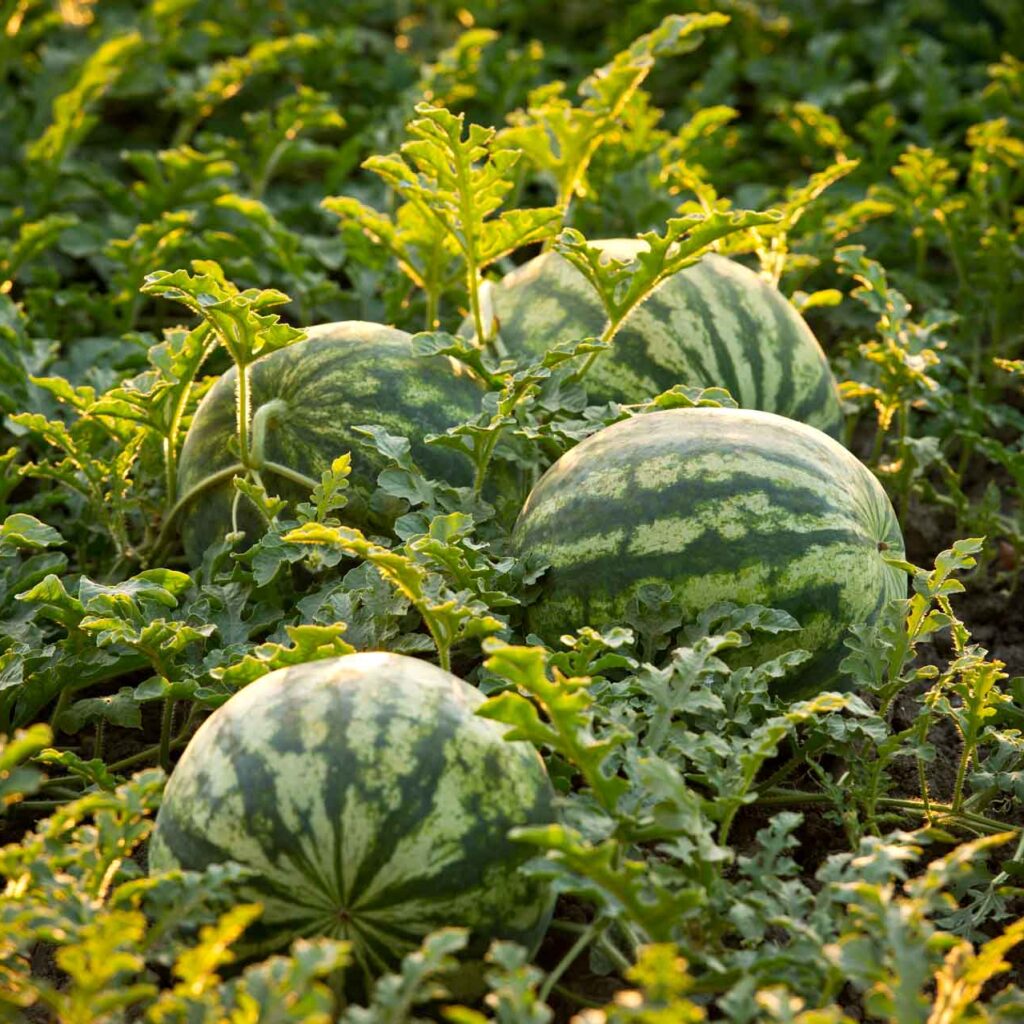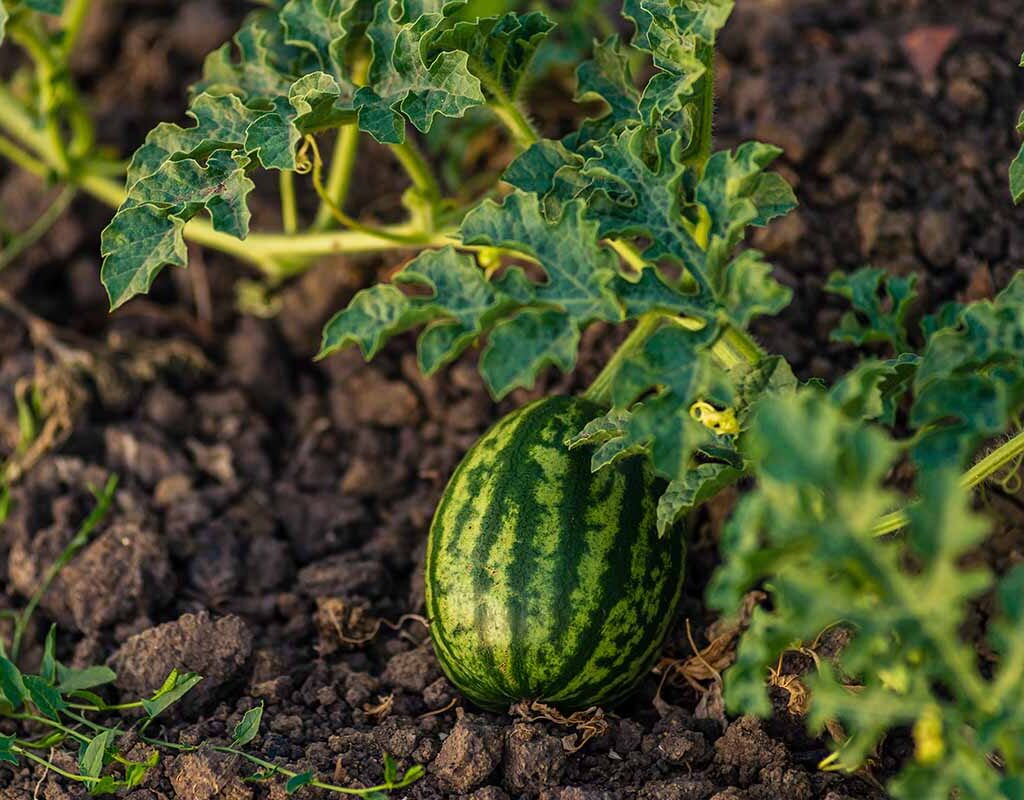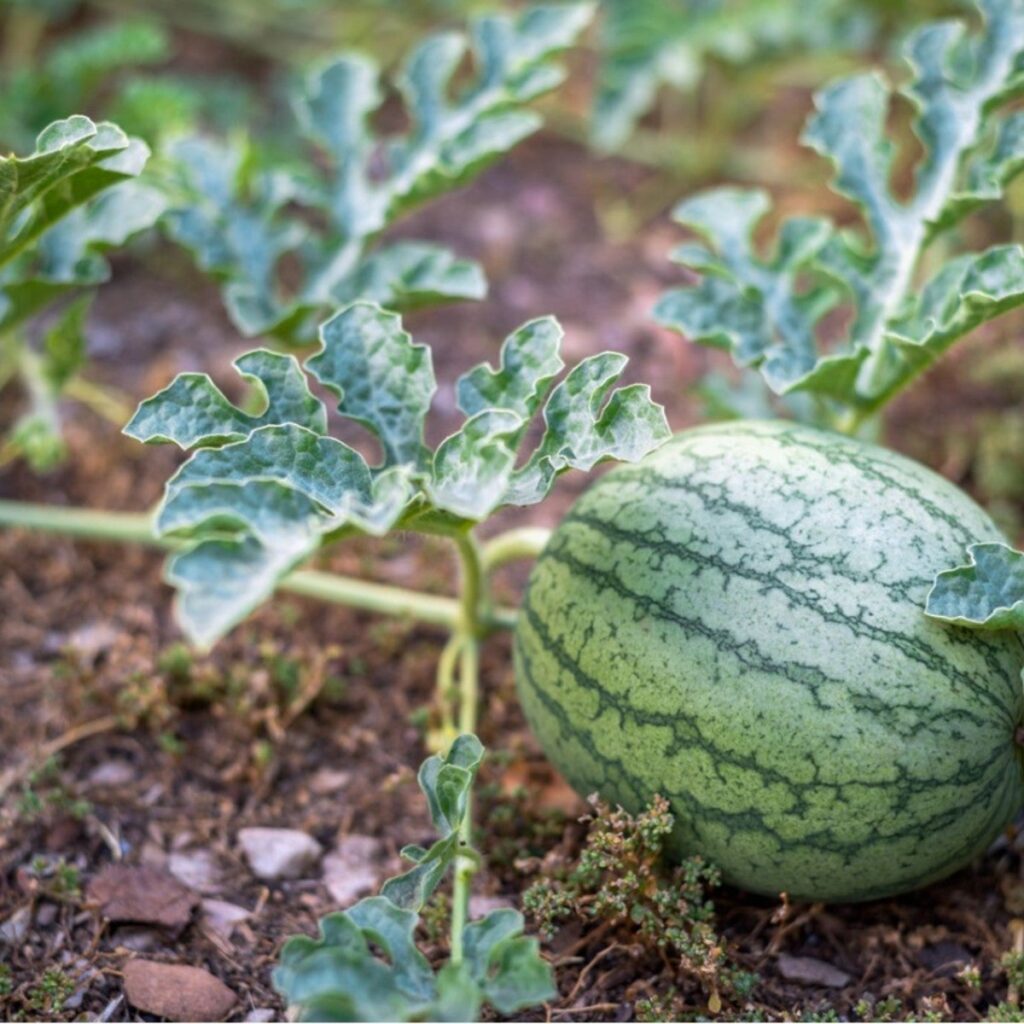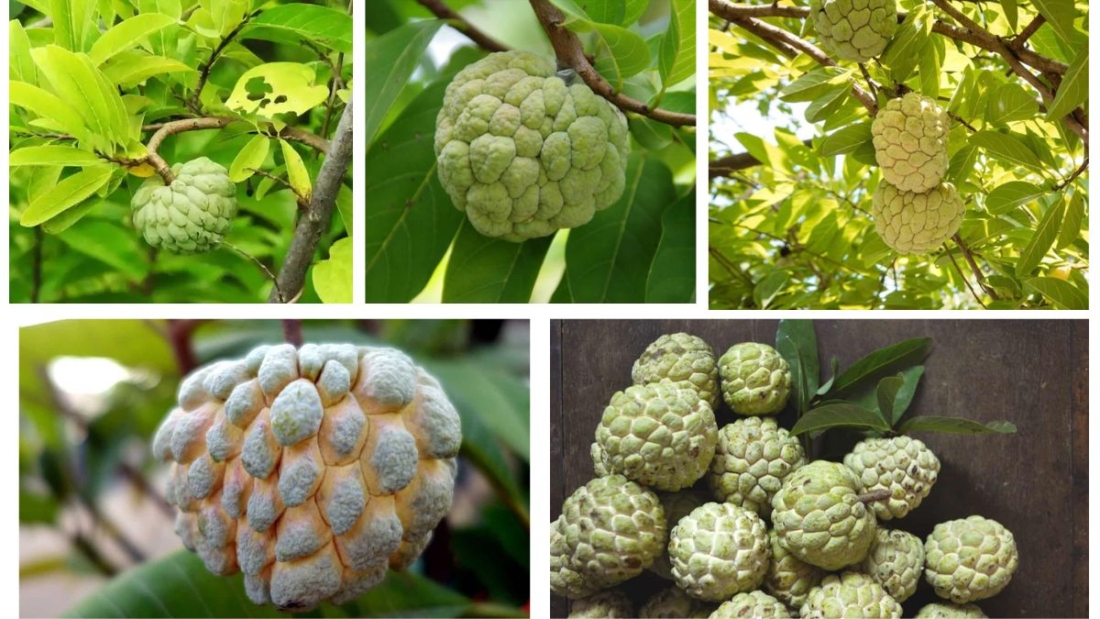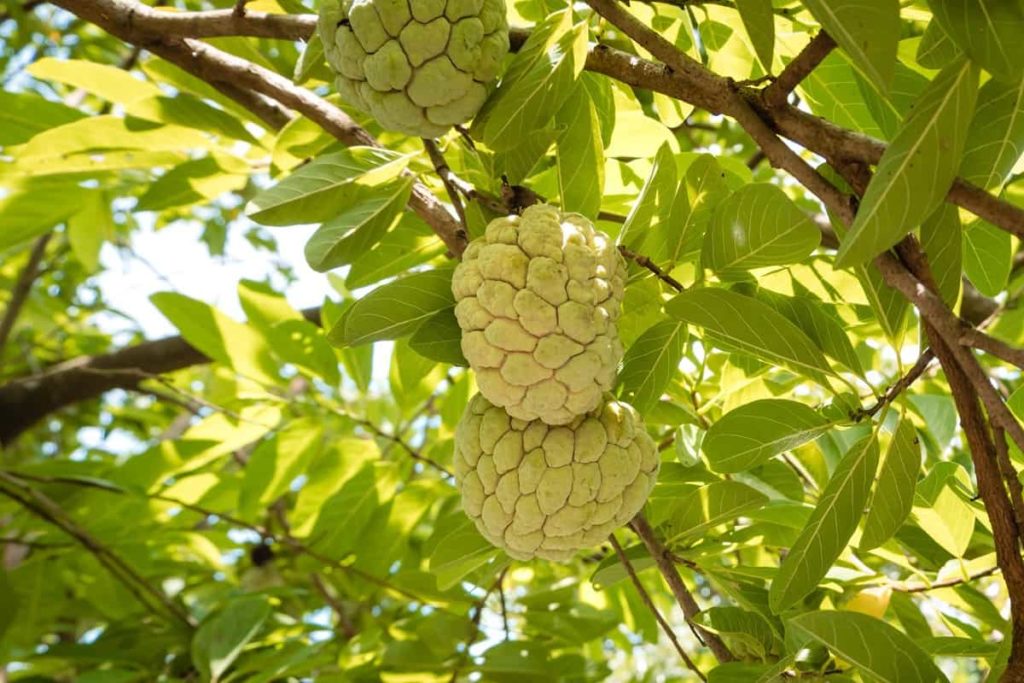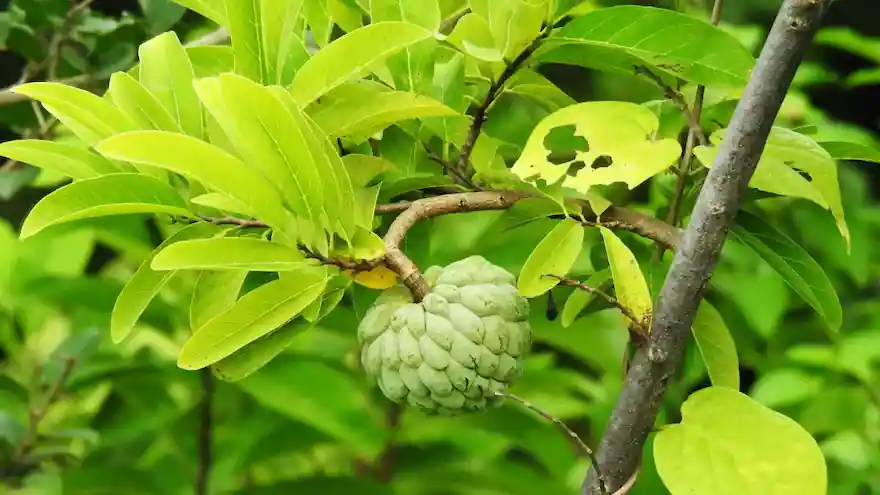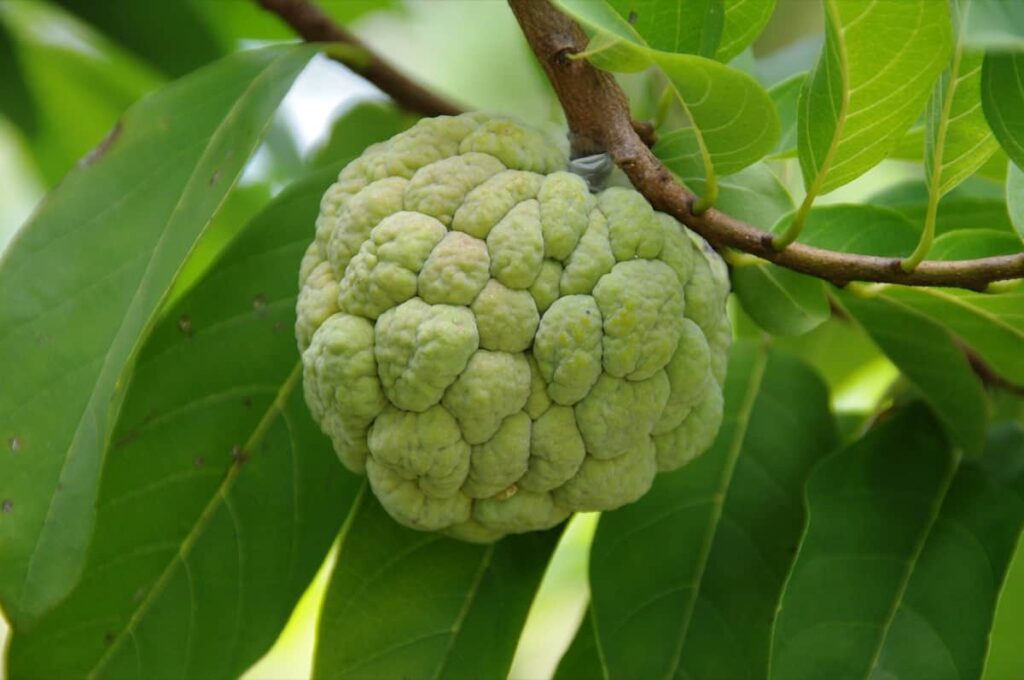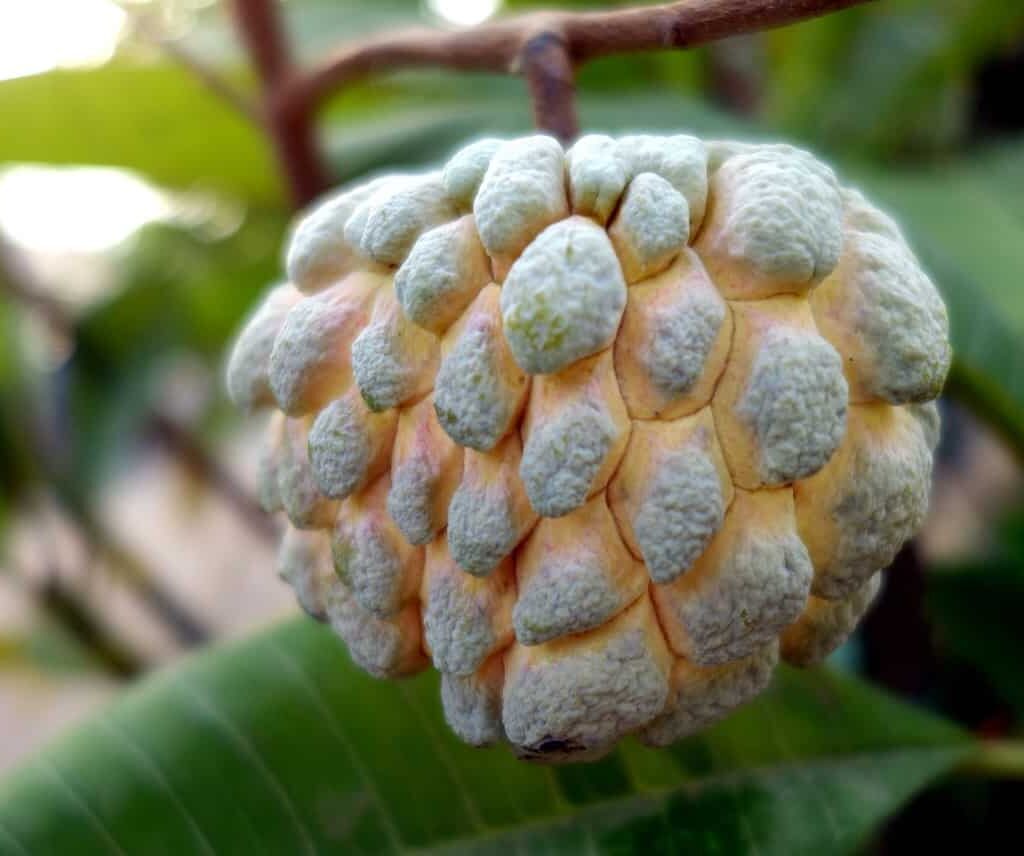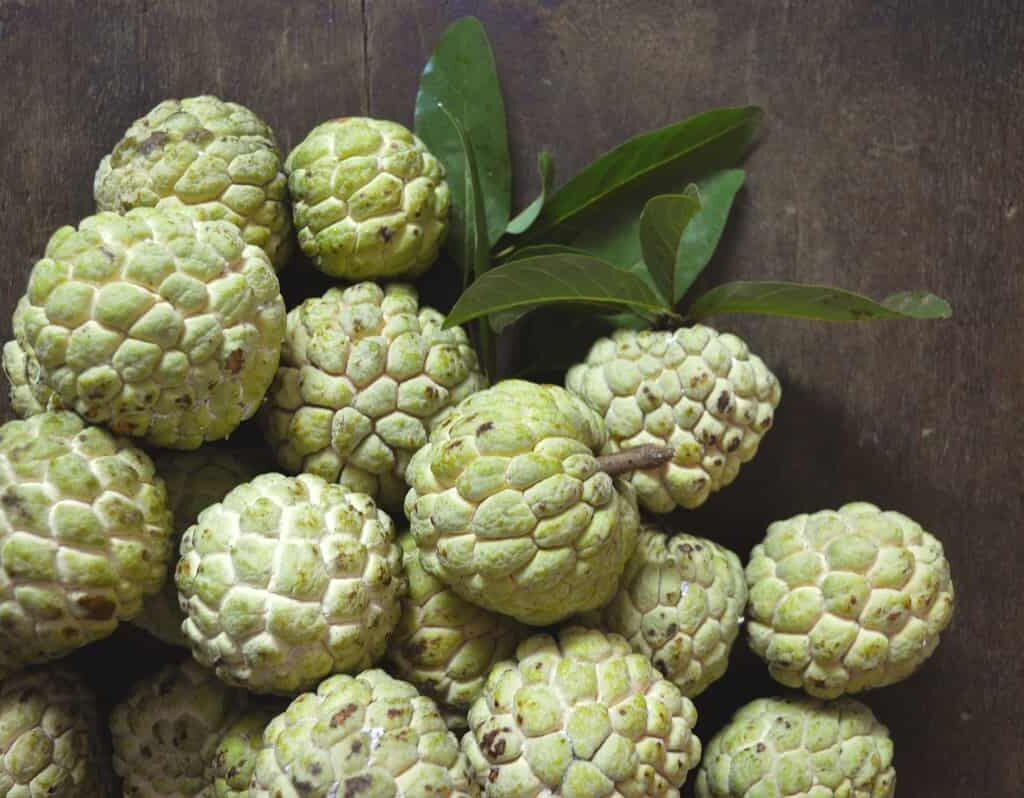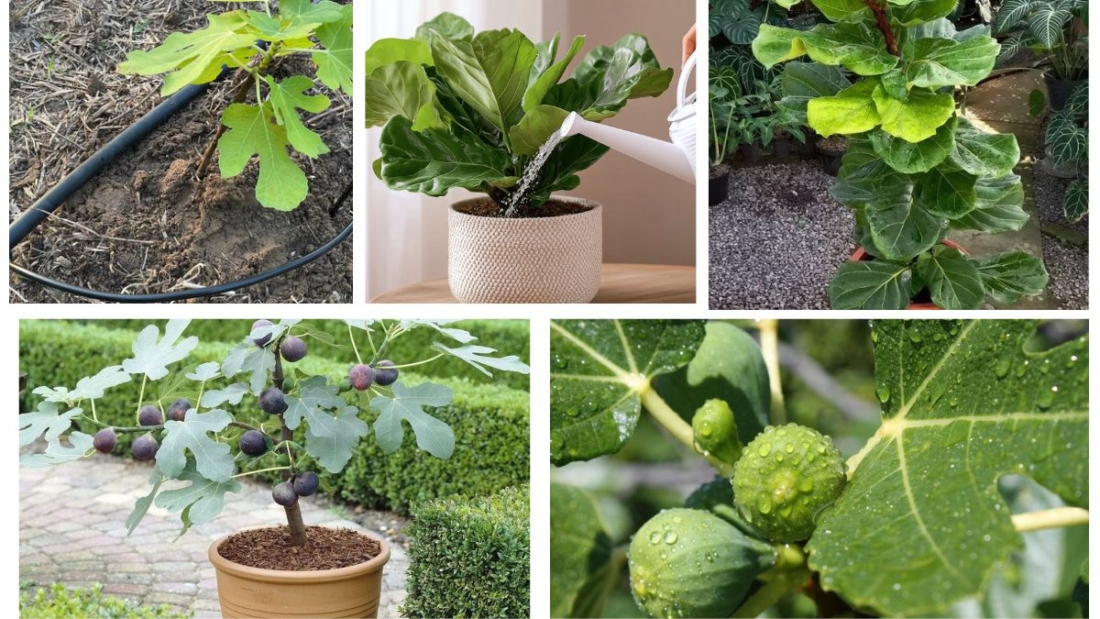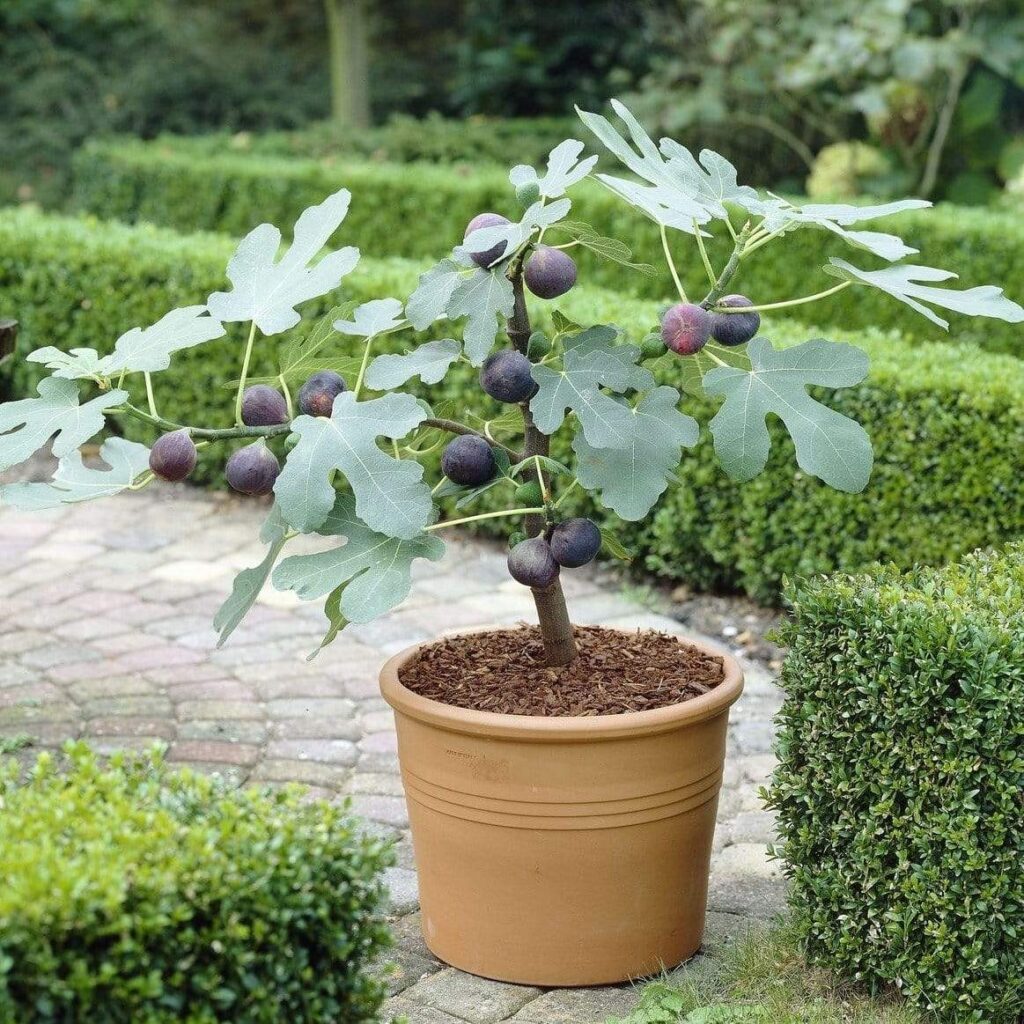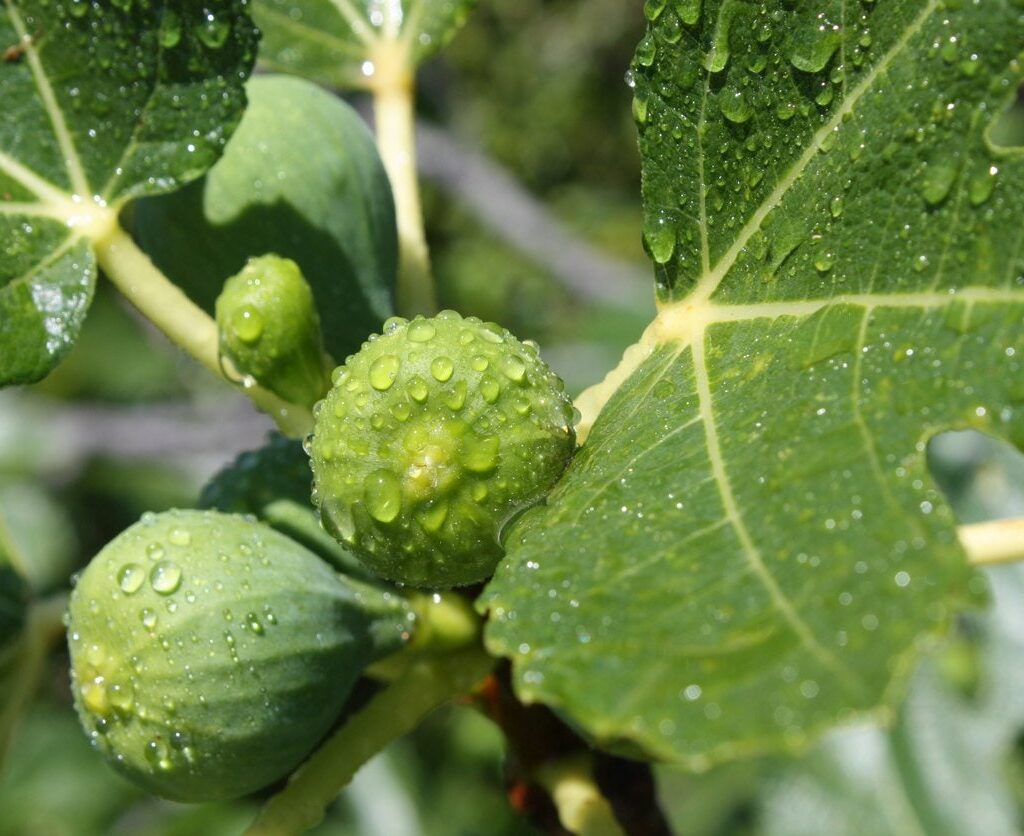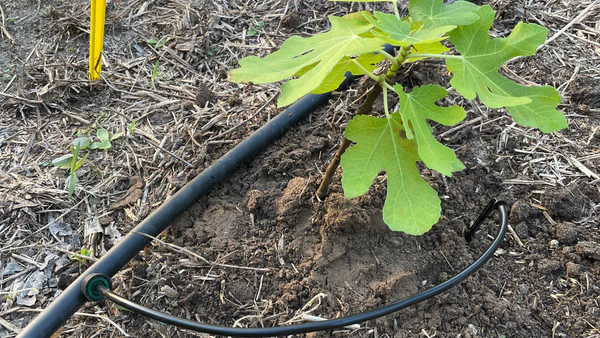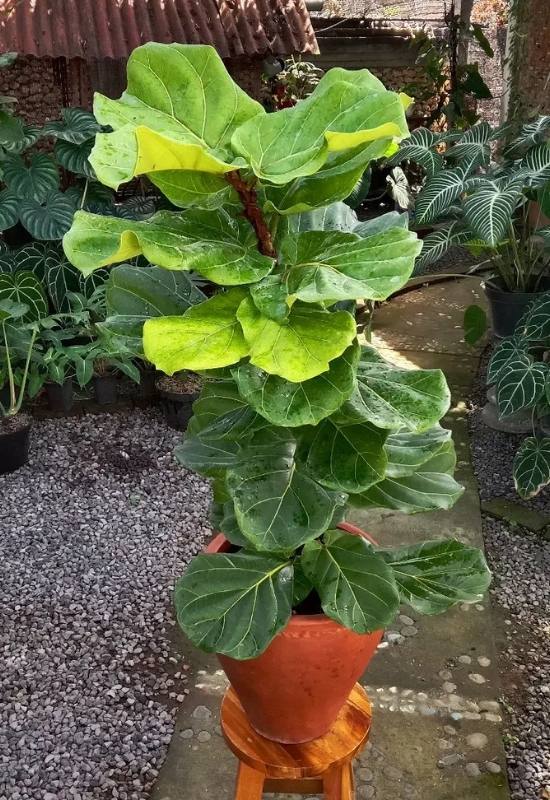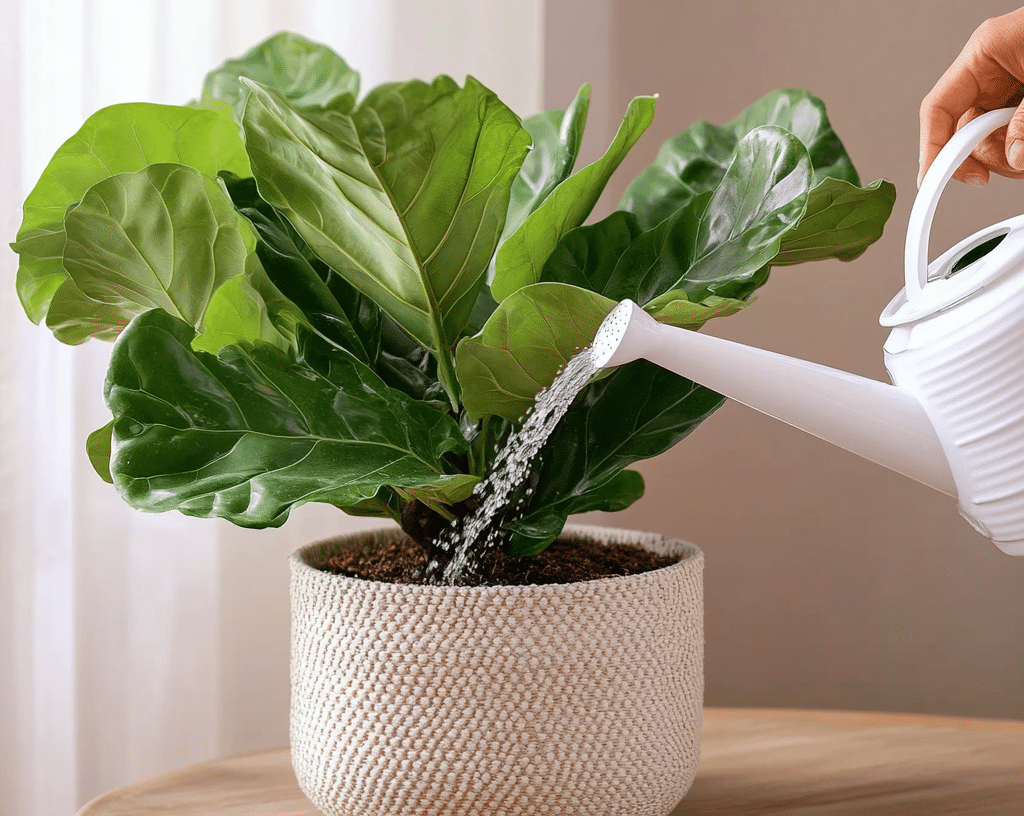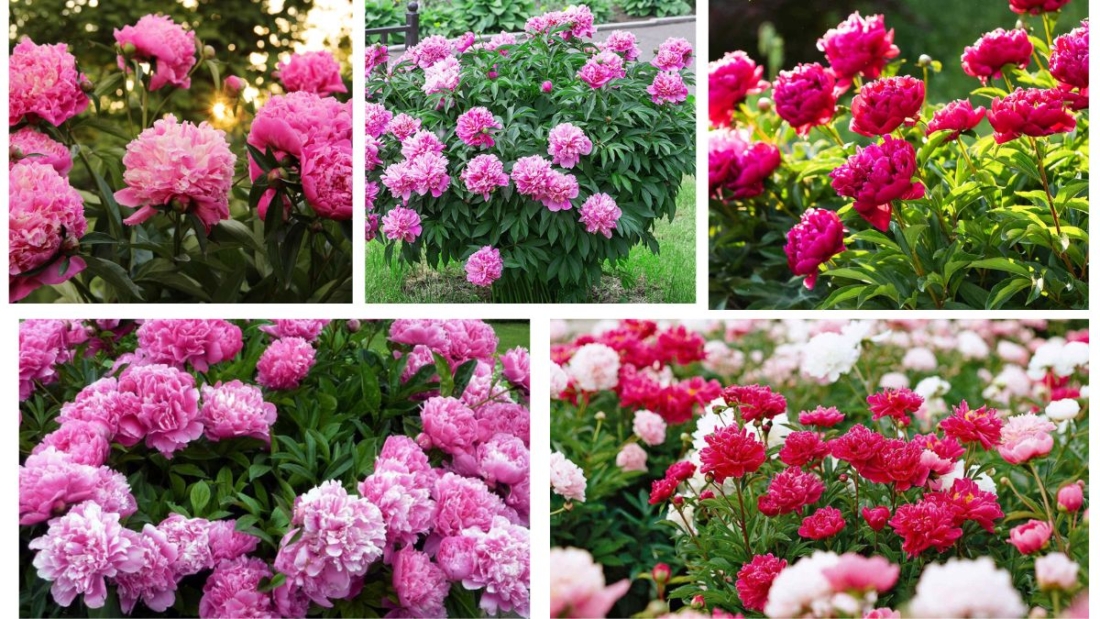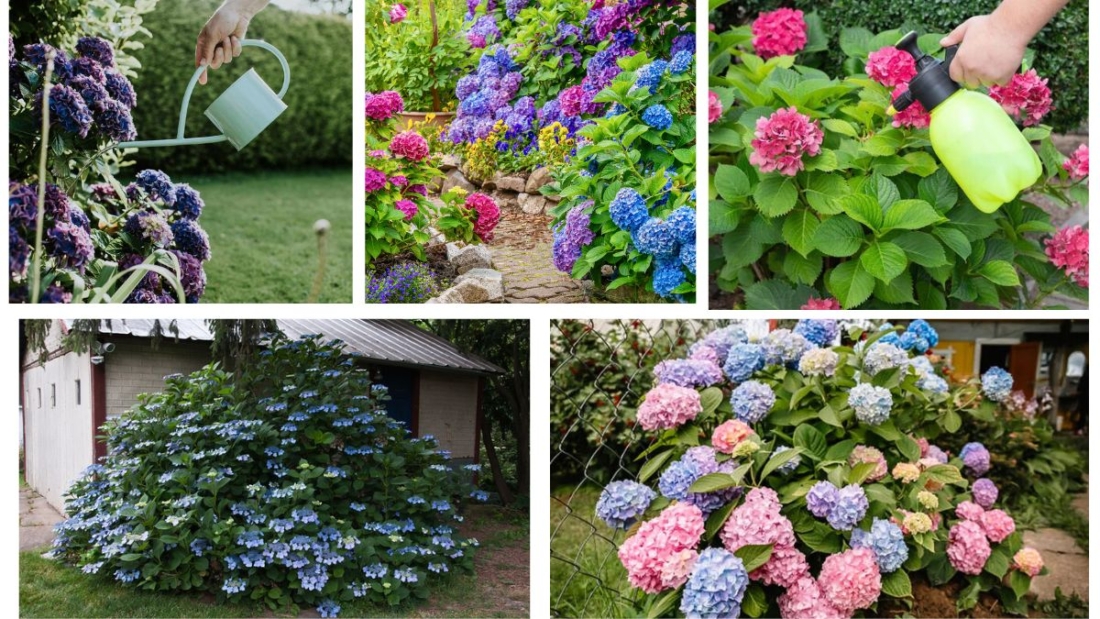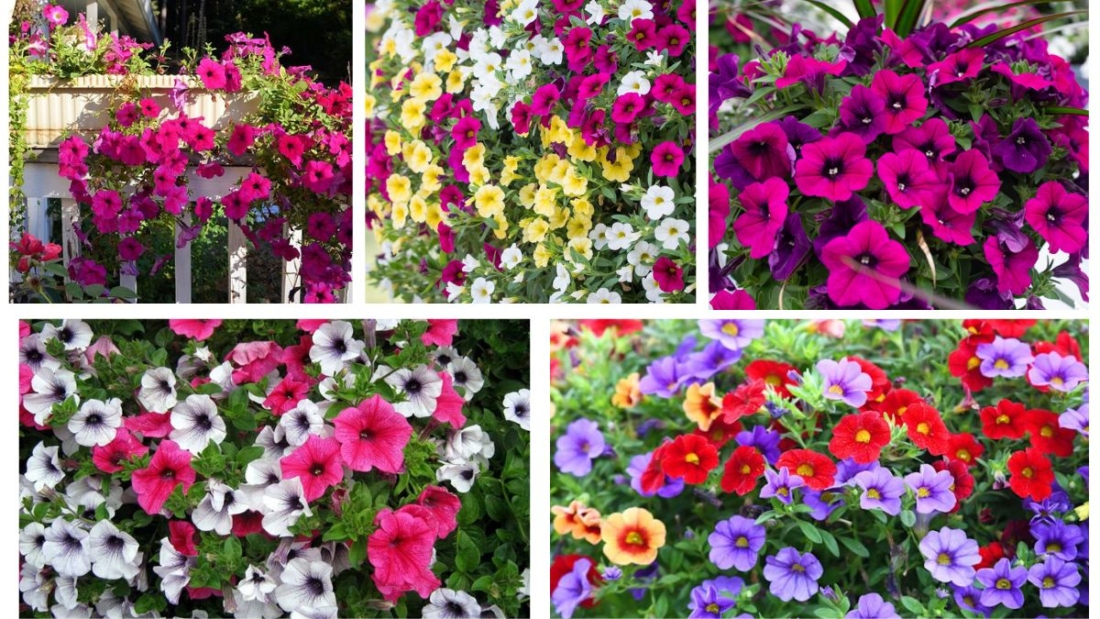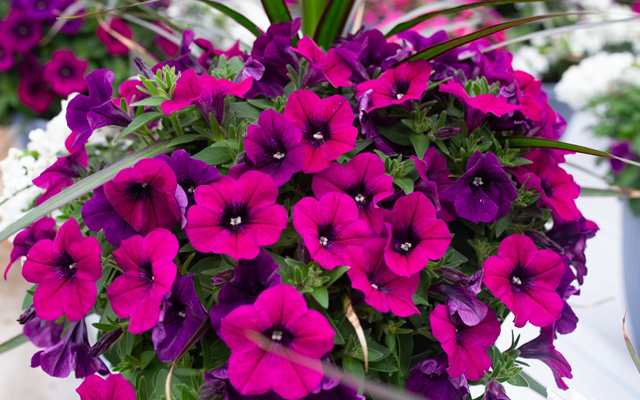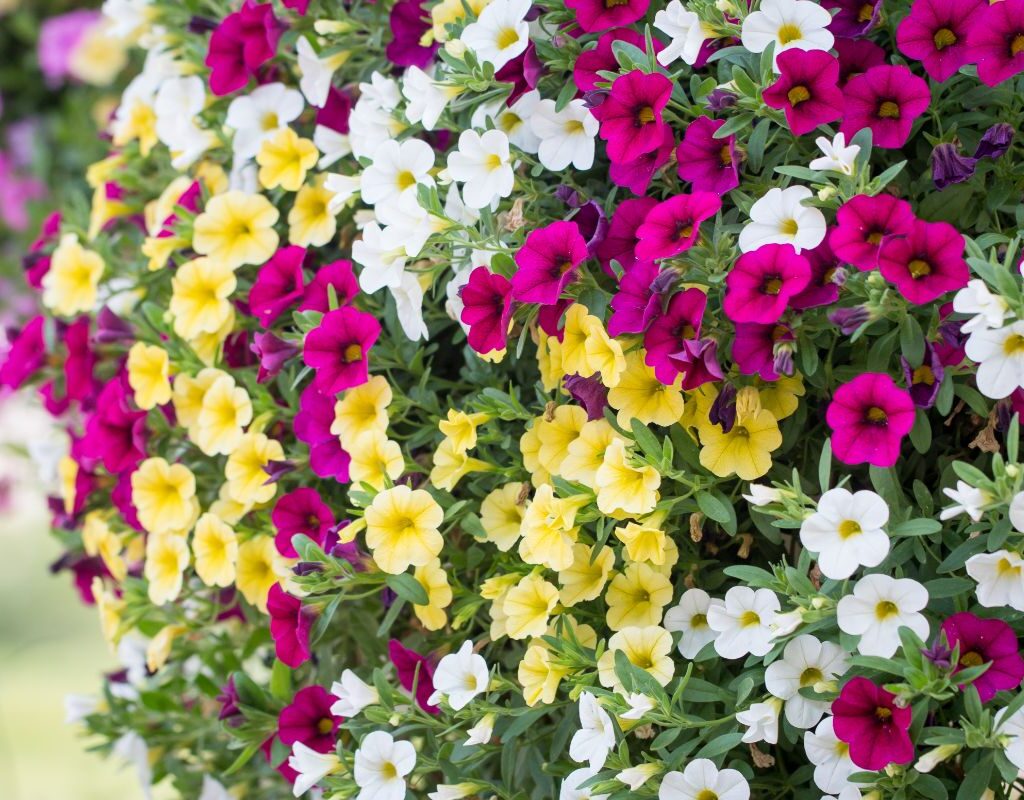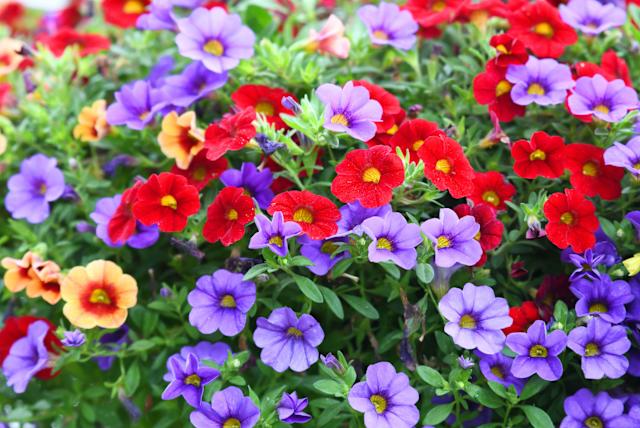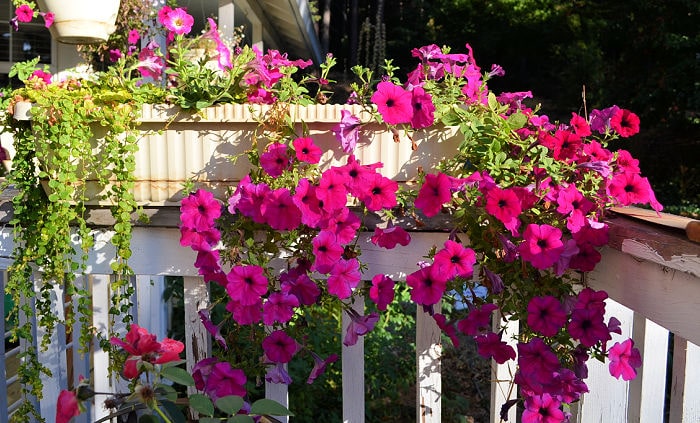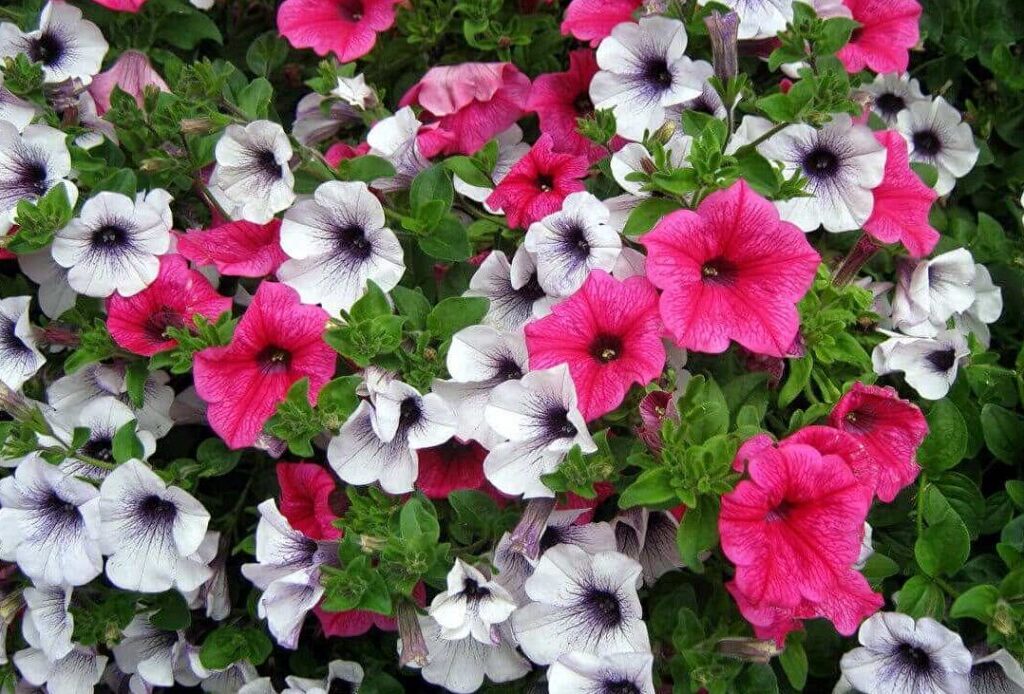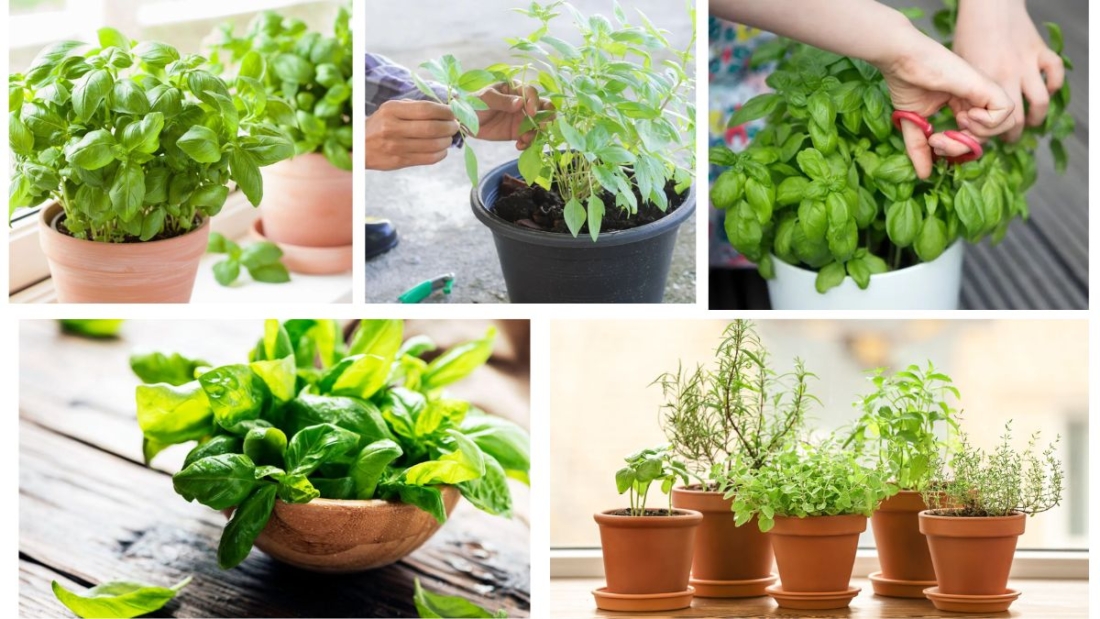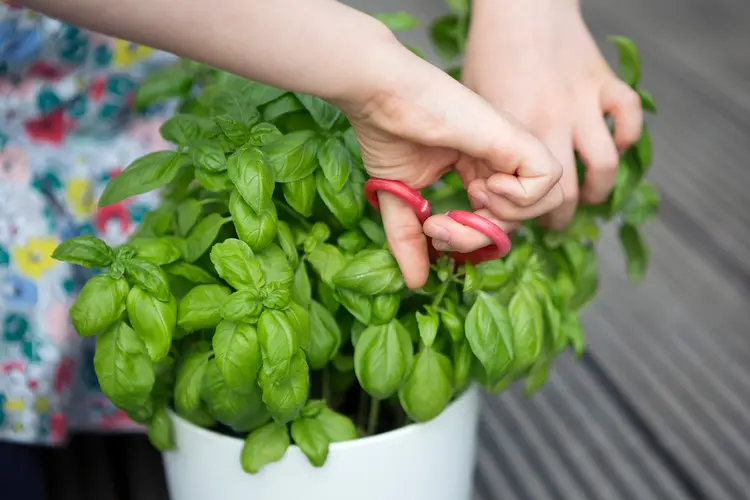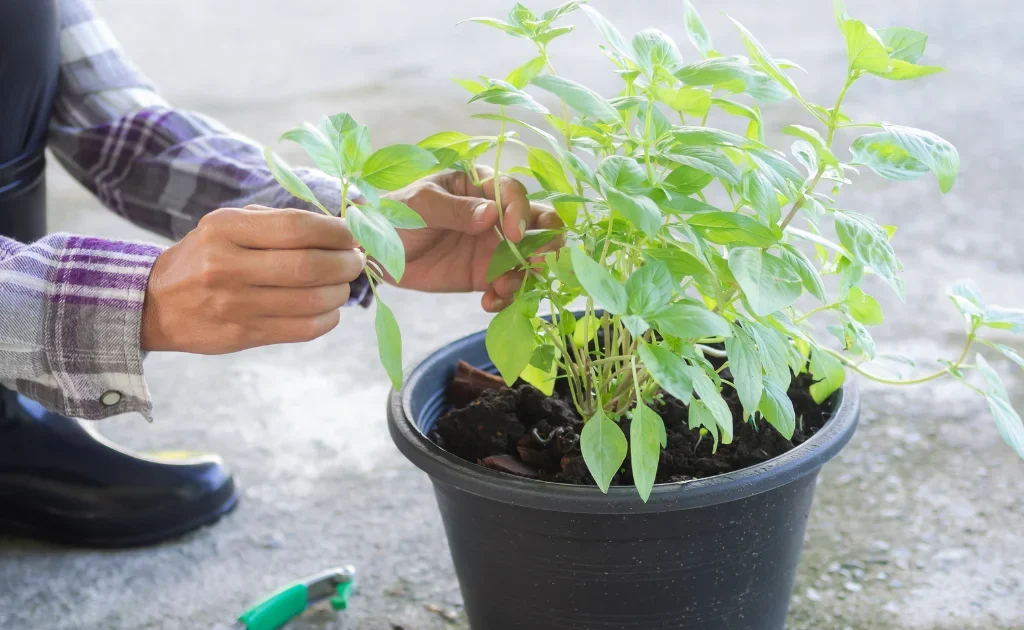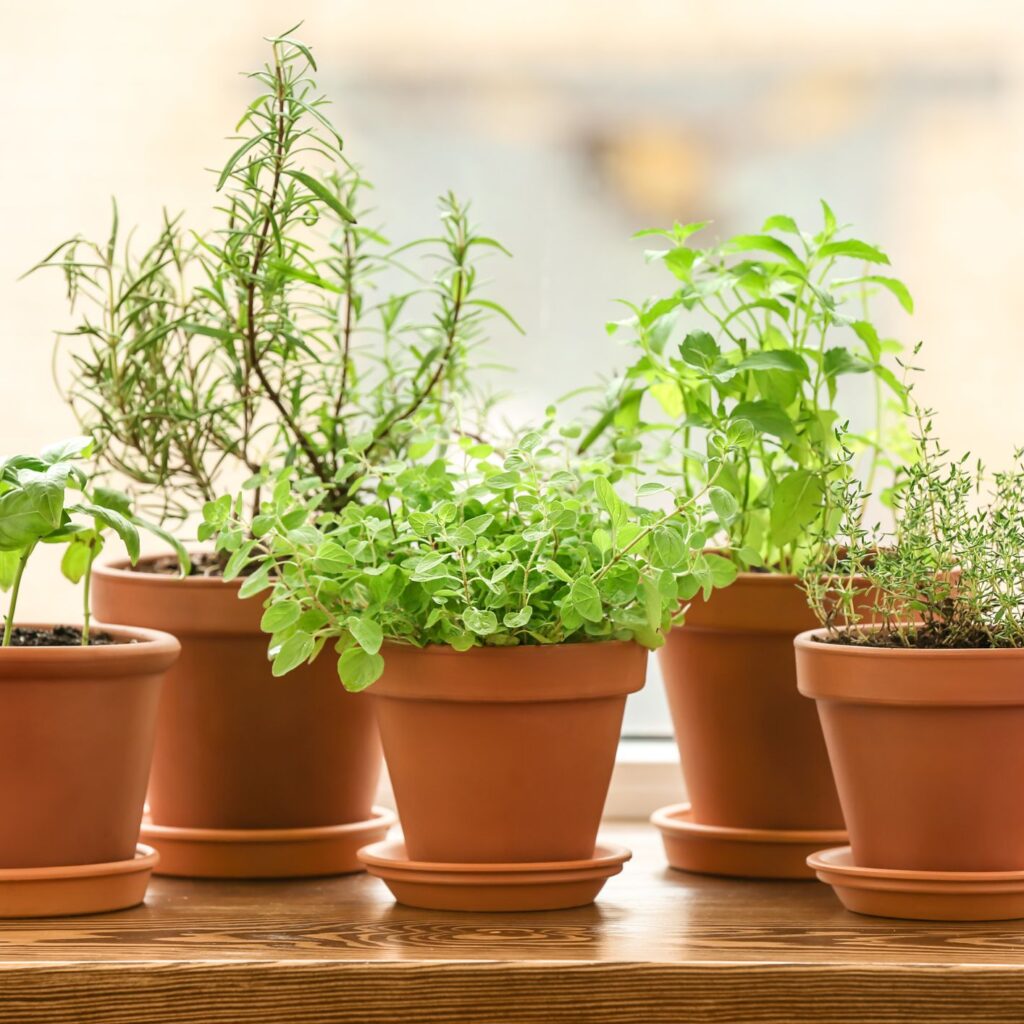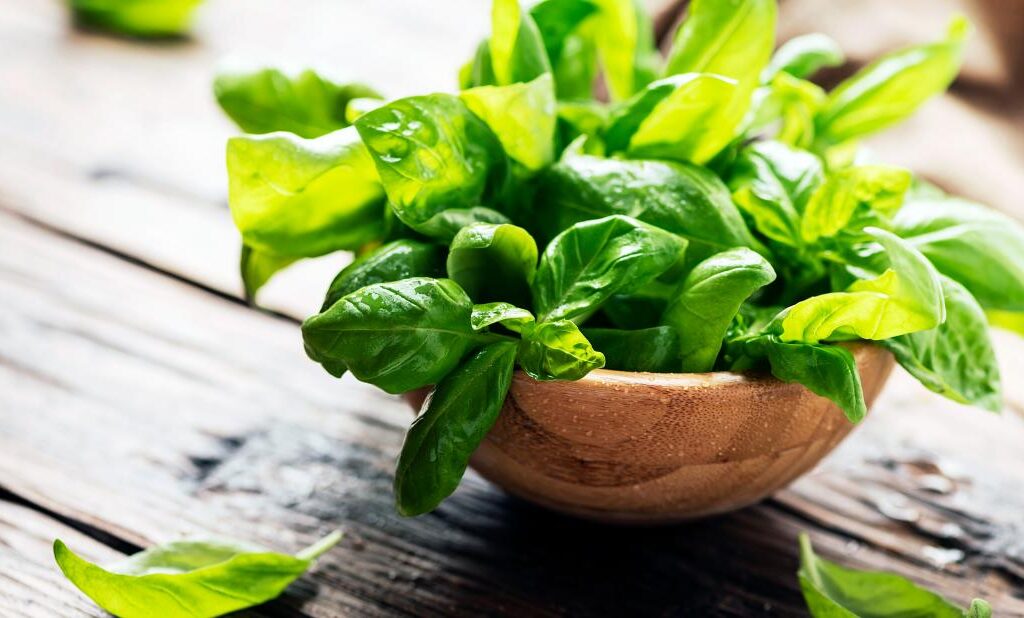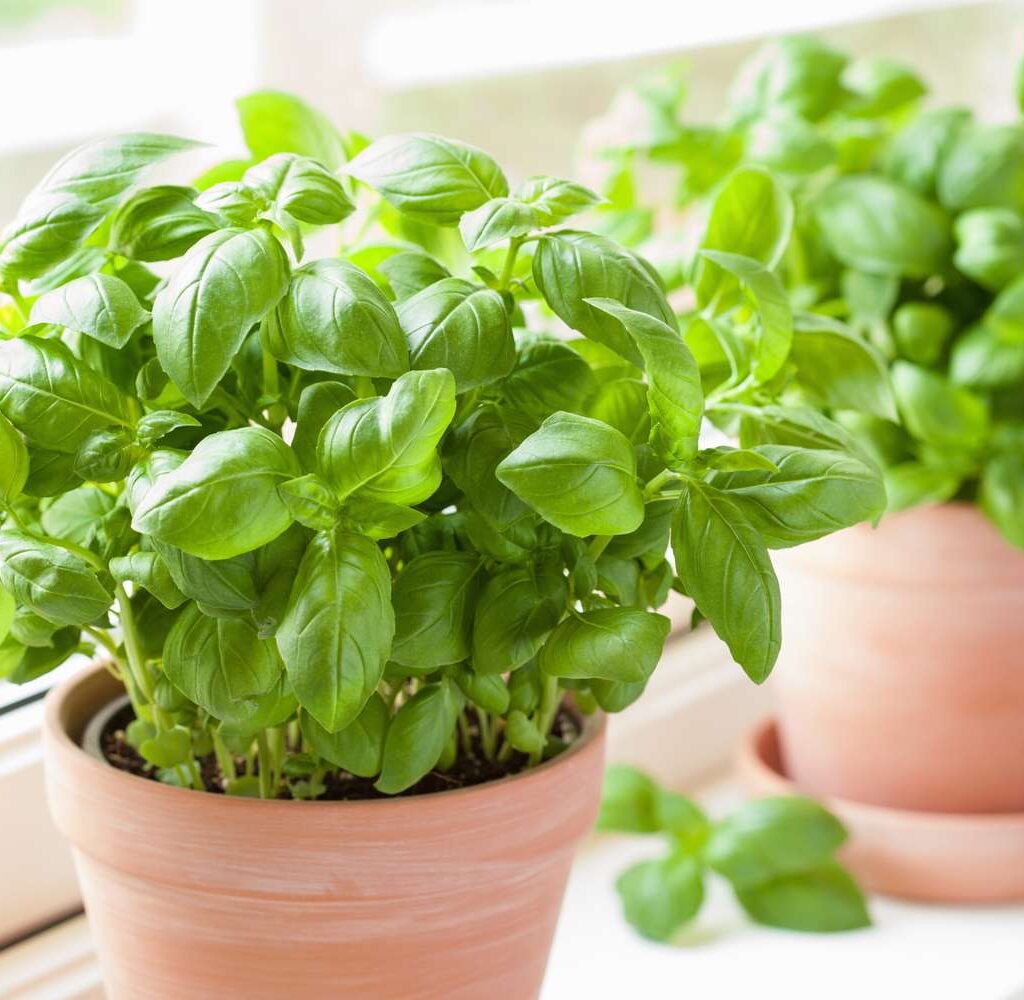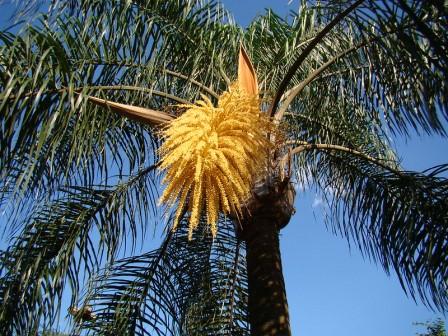Muskmelons (Cucumis melo), commonly referred to as cantaloupes in many parts of the world, are sweet, aromatic fruits synonymous with summer gardens. Whether you grow them for their refreshing flesh, hydrating properties, or the satisfaction of harvesting your own sun-ripened melons, watering plays a critical role in ensuring healthy growth and quality fruit production.
Like all vining, fruiting plants, muskmelons have specific moisture needs at different stages of their lifecycle. Watering too little can cause stunted growth and dry, tasteless melons, while overwatering may lead to root rot and bland, watery fruit. In this detailed guide, we’ll explore how often you should water a muskmelon plant, taking into account the plant’s age, season, soil type, and climate, along with practical care tips to ensure an abundant and flavorful harvest.
Why Is Watering So Important for Muskmelon Plants?
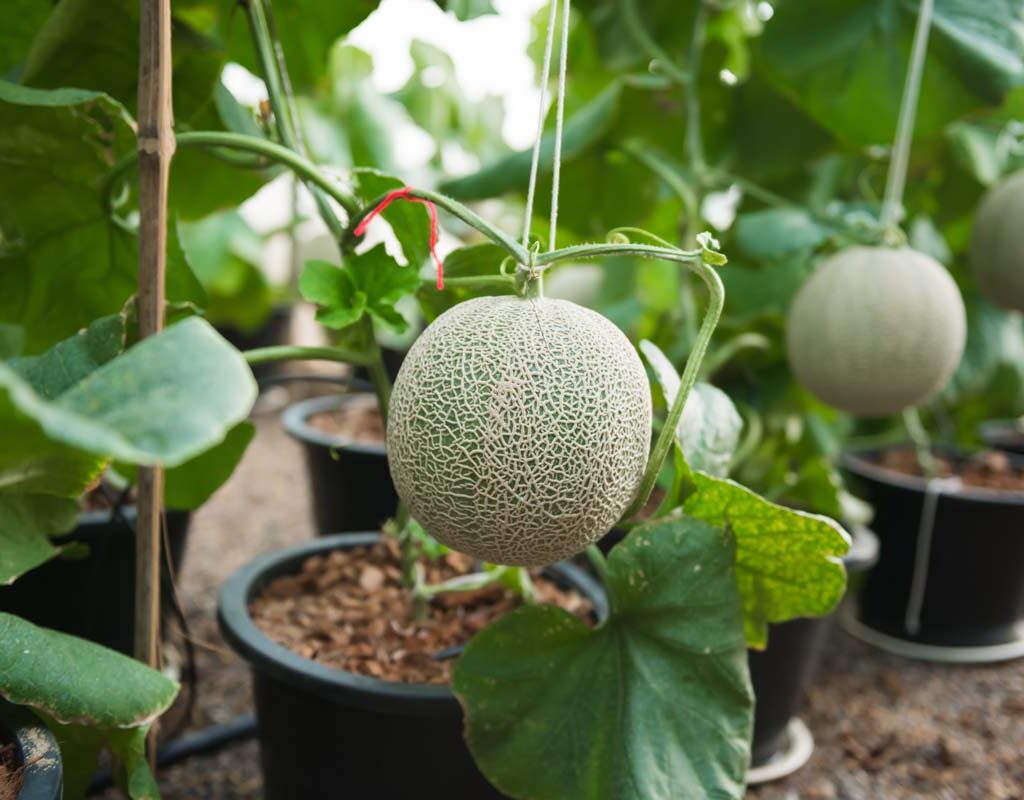
Muskmelons are made up of about 90% water, so it’s no surprise that proper watering is essential for:
- Germinating seeds
- Supporting vigorous vine and leaf growth
- Encouraging flower production and fruit set
- Ensuring proper fruit development, size, and flavor
- Preventing physiological issues like fruit splitting or blossom end rot
Because muskmelon plants have shallow root systems and large foliage, they’re especially sensitive to soil moisture levels. Balancing consistency and moderation in watering is the secret to success.
How Often Should You Water a Muskmelon Plant?
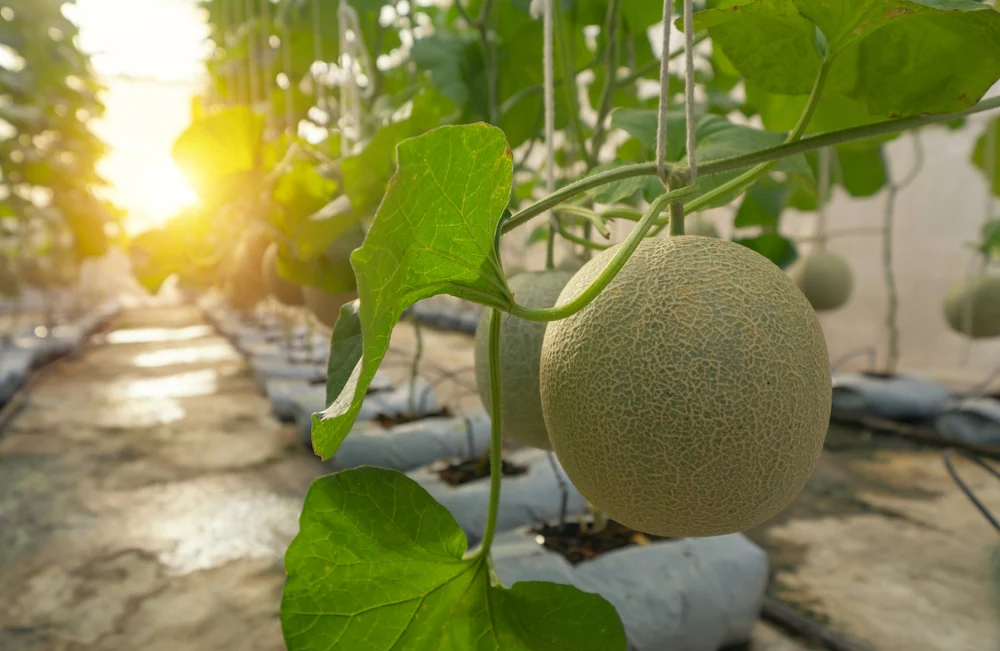
The frequency of watering your muskmelon plants depends on their growth stage, environmental conditions, and soil type. Here’s a general guideline to follow:
| Growth Stage | Watering Frequency |
|---|---|
| Germination & Seedling (0–3 weeks) | Every 2–3 days to keep soil consistently moist |
| Vegetative & Vine Growth (3–6 weeks) | Every 3–5 days, depending on weather |
| Flowering & Fruit Setting (6–9 weeks) | Every 2–3 days, increase during heatwaves |
| Fruit Maturing (final 7–10 days before harvest) | Reduce to once a week or stop entirely |
Seasonal Watering Requirements
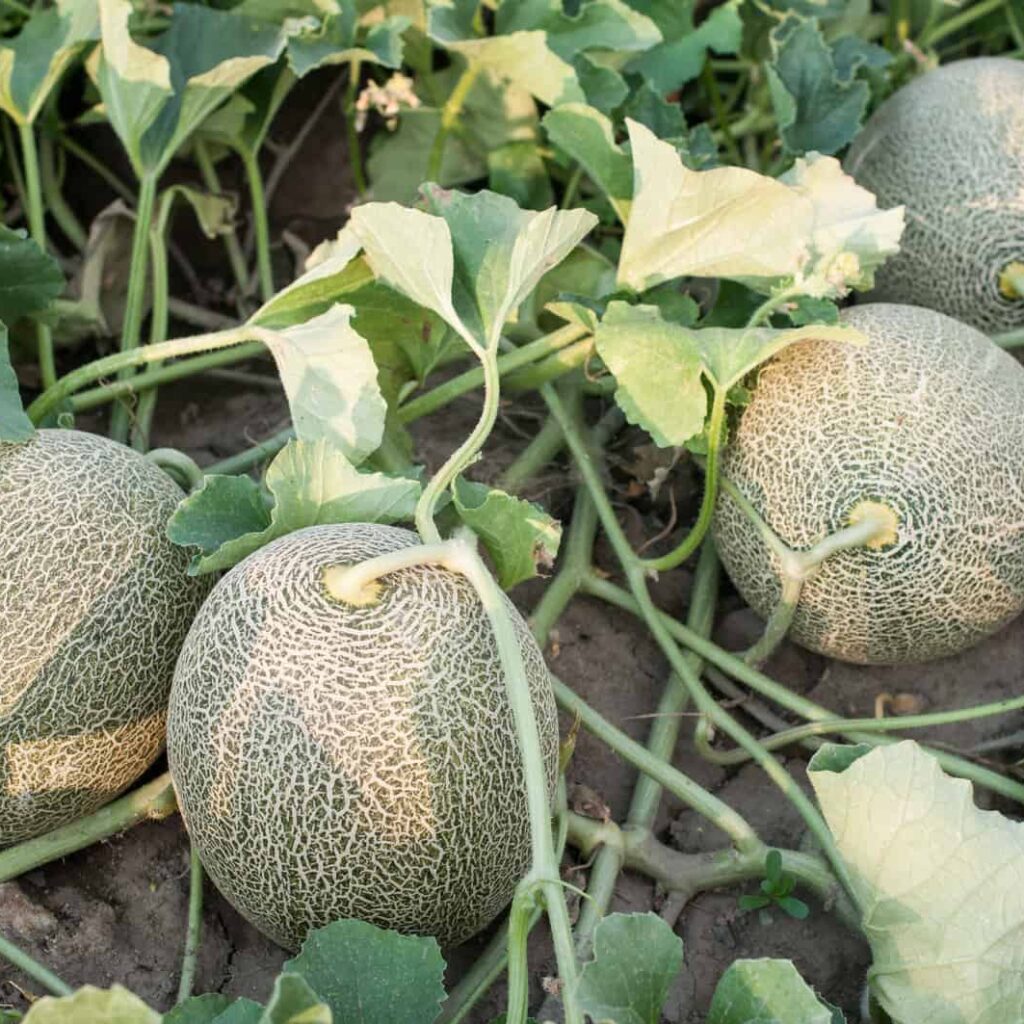
Spring
- As soil warms and seeds are sown, water lightly and frequently.
- Maintain consistent moisture in the top 1–2 inches of soil for germination.
- Water seedlings every 2–3 days until established.
Summer
- This is the peak growth and fruiting season for muskmelons.
- Increase watering frequency as temperatures rise and vines spread.
- Muskmelons need about 1–2 inches of water per week.
- During hot spells, water every 1–2 days to prevent wilting and stress.
- Once fruits start maturing, reduce watering to enhance sweetness and avoid watery melons.
How Much Water Does a Muskmelon Plant Need?
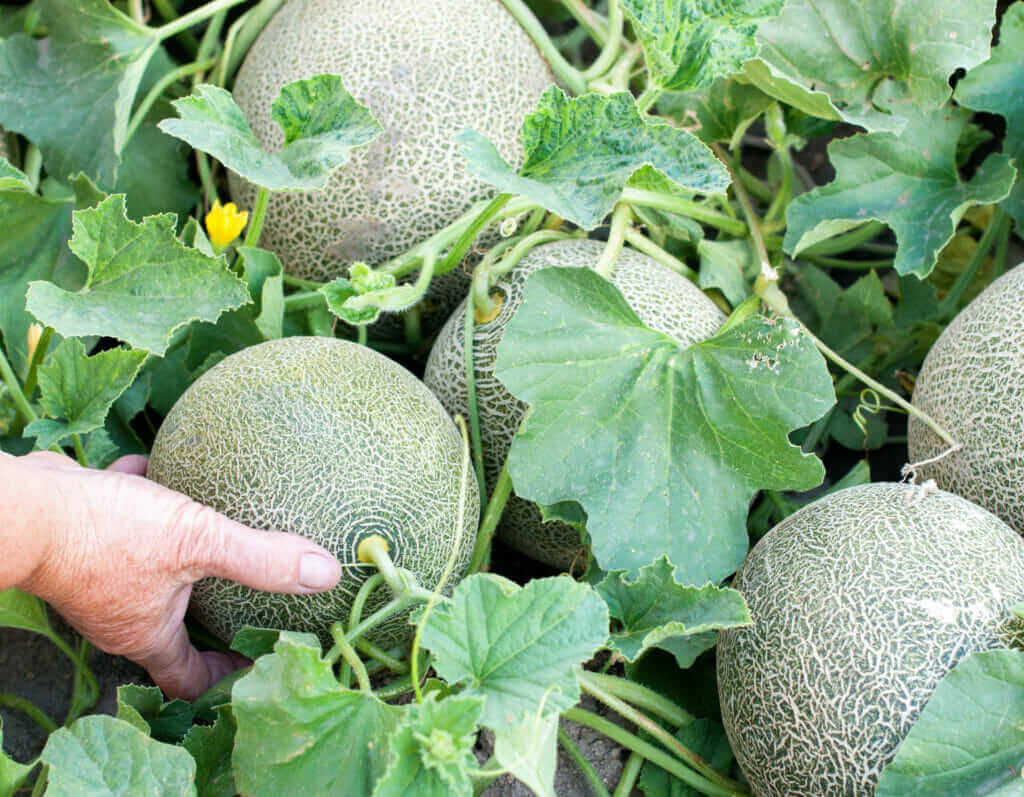
Deep, infrequent watering is preferable to shallow, frequent watering as it encourages deeper root growth and resilience against dry conditions.
General Guidelines:
- Apply enough water to soak the soil to a depth of 6–8 inches.
- In well-drained loamy soil, this equates to around 10–20 liters (2.5–5 gallons) per mature plant per week.
- Adjust according to soil type — sandy soils require more frequent watering.
Pro Tip: Avoid overhead watering on foliage to reduce the risk of fungal diseases. Use a soaker hose or drip irrigation system for best results.
Watering Container-Grown Muskmelons
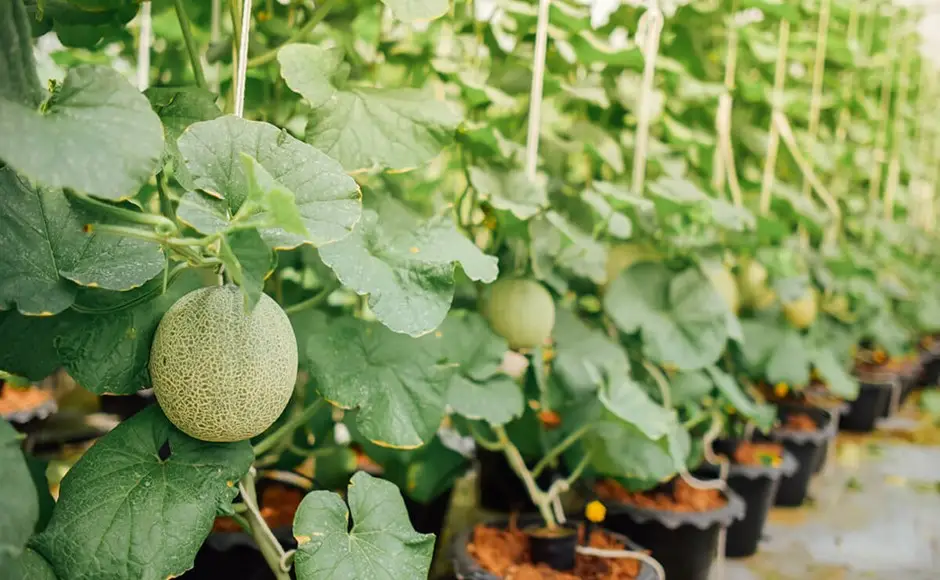
Growing muskmelons in containers is possible with compact varieties and large planters. These need more attentive watering due to quicker soil drying.
Tips:
- Check soil moisture daily.
- Water when the top 1–2 inches feel dry.
- In hot weather, containers may need daily or twice-daily watering.
- Ensure pots have proper drainage holes.
Soil Type and Watering Frequency
The type of soil in your garden or containers directly impacts how often you’ll need to water.
| Soil Type | Watering Frequency |
|---|---|
| Sandy soils | Fast-draining, water more frequently |
| Loamy soils | Hold moisture well, ideal for melons |
| Clay soils | Retain water longer, water less often |
To optimize soil, amend sandy or clay soils with organic compost for improved moisture retention and drainage.
Climate and Weather Considerations
In hot, arid, or windy climates:
- Increase watering frequency during heatwaves or dry spells.
- Water early morning to reduce evaporation.
In humid or rainy areas:
- Decrease watering frequency to prevent over-saturation.
- Ensure good drainage to prevent water-logging and fungal diseases.
Best Time of Day to Water Muskmelon Plants
The most effective times to water muskmelons are:
- Early morning: Reduces evaporation loss and ensures moisture is available during the hottest part of the day.
- Late afternoon: A backup option if morning watering isn’t possible, but avoid watering too late to prevent overnight leaf wetness, which encourages fungal infections.
Mulching to Conserve Moisture
Applying mulch around muskmelon plants helps:
- Retain soil moisture.
- Regulate soil temperature.
- Suppress weed competition.
- Protect fruits from direct soil contact, reducing the risk of rot.
Recommended mulches:
- Straw
- Grass clippings
- Sugarcane mulch
- Dried leaves
Apply a 2–3 inch layer, keeping it a few inches away from the base of the plant.
Signs of Water Stress in Muskmelon Plants
Signs of Underwatering:
- Wilting leaves, especially in the heat of the day.
- Dry, dusty soil.
- Fruits growing small, hard, or cracking.
- Premature fruit drop.
Signs of Overwatering:
- Yellowing leaves starting from the bottom.
- Wilting despite wet soil.
- Stunted growth.
- Root rot or fungal diseases like powdery mildew.
Pro Tip: Before watering, check soil moisture 3–4 inches deep. Only water if it feels dry at this depth.
Common Watering Mistakes to Avoid
| Mistake | Effect | Solution |
|---|---|---|
| Shallow, frequent watering | Promotes weak, surface-level roots | Deep, infrequent watering |
| Overwatering during fruit ripening | Causes bland, watery fruit | Reduce watering 7–10 days before harvest |
| Watering during midday heat | Increased evaporation and leaf scorch | Water early morning |
| Ignoring soil and weather conditions | Irregular moisture levels | Adjust watering as per local conditions |
When to Stop Watering Muskmelons
An essential but often overlooked practice is reducing or stopping watering about 7–10 days before harvesting. This encourages:
- Enhanced fruit sweetness.
- Improved firmness.
- Better shelf life.
- Prevention of watery, flavorless melons.
Signs of ripeness include:
- The stem tendril nearest the fruit dries and turns brown.
- A rich, sweet aroma near the fruit’s blossom end.
- Yellowish ground spot where the fruit rested on the soil.
Conclusion
Consistent and thoughtful watering is the key to healthy, vigorous muskmelon plants and a plentiful harvest of sweet, juicy fruits. While young plants and vines require regular, deep watering, mature plants need adjustments based on the weather, soil type, and growth stage.
By following the best practices — such as deep, infrequent watering, early morning schedules, soil-specific adjustments, and proper mulching — you can minimize water stress and optimize fruit quality. Don’t forget to reduce watering before harvest to concentrate flavors and improve your melons’ texture.
With this guide as your reference, you’ll be well-equipped to grow luscious muskmelons that capture the true essence of summer.

